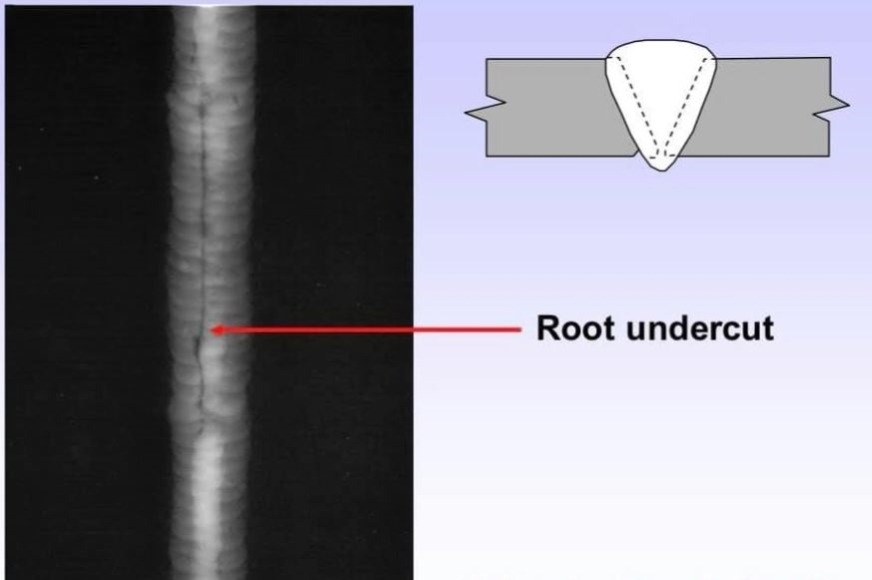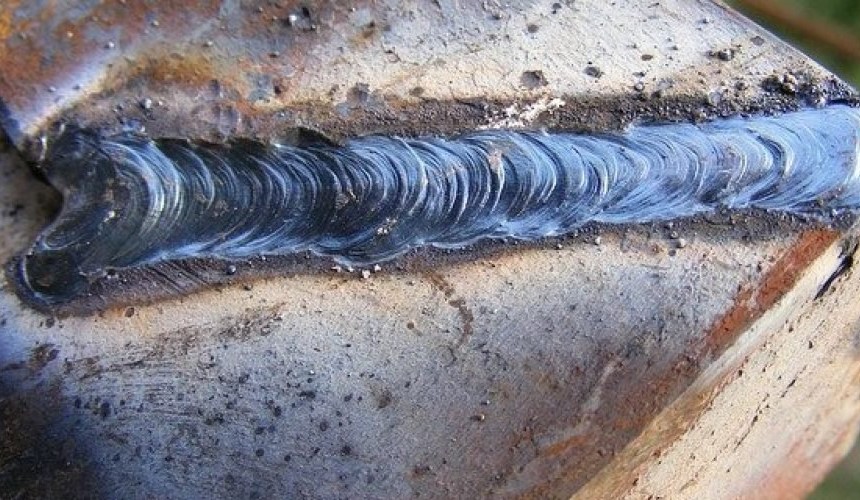Necessary Tips for Welders: Preventing Undercut Welding and Ensuring Stronger Weld Joints
In the world of welding, achieving long lasting and solid weld joints is the foundation of creating high-grade work. Nonetheless, one common challenge that welders usually experience is undercut welding, which can endanger the stability of the weld joint. By understanding the aspects that add to damaging and applying the right methods and preventative measures, welders can effectively prevent this problem and ensure the longevity and toughness of their welds. Let's explore some crucial ideas that can aid welders navigate this challenge and boost the high quality of their welding tasks.

Recognizing Undercut Welding
Undercut welding is a typical welding defect that happens when the weld steel stops working to effectively fill the groove and results in a groove-like clinical depression along the weld bead. This issue weakens the weld joint, making it prone to cracking and failure under stress and anxiety. Damaging can be created by various aspects, including extreme welding present, high welding rate, incorrect electrode angle, wrong electrode size, and bad welding method.
Among the main reasons for undercut welding is a discrepancy between the welding existing and the welding rate. If the welding current is too high or the welding speed is as well quick, the weld steel might not effectively fill the groove, resulting in undercutting. Furthermore, making use of an electrode that is also huge can result in a comparable end result, as the excess steel can not properly flow into the groove.
To avoid undercut welding, welders must guarantee they are utilizing the proper welding specifications, maintain an ideal electrode angle, pick the appropriate electrode size, and method proper welding techniques. By attending to these variables, welders can decrease the danger of damaging and develop stronger, a lot more reputable weld joints.
Appropriate Welding Technique
Effective welding strategy plays a critical duty in ensuring the quality and integrity of weld joints. Appropriate welding strategy includes a mix of ability, precision, and adherence to finest techniques. One basic element of correct welding technique is keeping the correct angle and range in between the welding weapon and the work surface. Welders should also pay close attention to the traveling speed and heat input to prevent concerns like undercutting, porosity, or incomplete combination.
Furthermore, a consistent and constant hand motion is important for developing strong and resilient weld joints. Welders should go for smooth, consistent motions to ensure also circulation of the weld material. Proper adjustment of the welding gun and filler material is additionally essential to attaining optimal infiltration and combination.
Furthermore, managing the heat input and choosing the ideal welding parameters based upon the product being welded are important variables in accomplishing top quality welds - Preventing weld undercut. Welders must comply with the recommended settings given by welding procedure specs and readjust them as required based on the particular requirements of the project. By understanding proper welding methods, welders can dramatically enhance the strength and dependability of their weld joints
Choosing the Right Electrode
When taking into consideration the relevance of picking the right electrode in welding applications,Maintaining the appropriate angle and range in between the welding weapon and the work surface is essential. The option of electrode plays an essential role in identifying the top quality and toughness of the weld joint. Electrodes can be found in numerous kinds, each made for details objectives and products.
To start with, picking the proper electrode diameter is necessary. Thinner electrodes appropriate for welding thin materials, while thicker electrodes best site are better for thicker materials and greater heat applications. Matching the electrode diameter to the density of the work surface assists accomplish a well balanced weld.
Secondly, comprehending the material composition of the electrode is vital. Various electrodes are made for welding specific products like steel, stainless-steel, aluminum, or cast iron. Using the correct electrode product makes certain great fusion and minimizes the threat of flaws in the weld.
Finally, considering the welding position and strategy is vital when picking the electrode kind. Specific electrodes are much better fit for vertical or overhanging welding positions, while others work well for flat or straight positions. Picking the ideal electrode based on the welding technique boosts the general weld quality and honesty.
Preparing the Base Metal
To make certain an effective welding process, what preliminary actions should be taken when preparing the base steel for welding? Additionally, any existing weld material or deposit from previous welding ought to be gotten rid of to ensure a clean surface for the new weld.

Carrying Out Post-Weld Assessments

After carrying out these assessments, welders need to contrast the outcomes against industry requirements and job needs to guarantee that the weld joint fulfills all necessary requirements. Any inconsistencies or inadequacies discovered throughout the post-weld inspection ought to be without delay attended to with appropriate corrective actions to ensure the weld's integrity. By vigilantly executing post-weld assessments and immediately addressing any problems, welders can maintain the high quality and integrity of their work, ultimately adding to the safety and security and longevity of the welded structures.
Conclusion

In final thought, stopping undercut welding and guaranteeing more powerful weld joints need a combination of appropriate welding method, choosing the right electrode, preparing the base metal correctly, and conducting post-weld examinations. By comprehending the reasons for undercut welding and implementing the needed preventative measures, welders can create premium weld joints that meet industry standards and guarantee the structural honesty of the bonded elements.
Undercut welding is a common welding issue that happens when the weld steel falls short to appropriately fill the groove and results in a groove-like depression along the weld grain (Preventing weld undercut). Undercutting can be triggered by various variables, consisting of too much welding existing, high welding rate, improper electrode angle, inaccurate electrode dimension, and poor welding technique
One of the major reasons for undercut welding is a discrepancy between the welding existing and the welding rate. If the welding current is too high or the welding rate is as well quick, the weld steel may not effectively official source load the groove, leading to damaging.Maintaining the appropriate angle and distance in between the welding weapon and the work surface is fundamental when thinking about the relevance of selecting the right electrode in welding applications.
Comments on “Specialist Techniques for Preventing Weld Undercut Successfully”